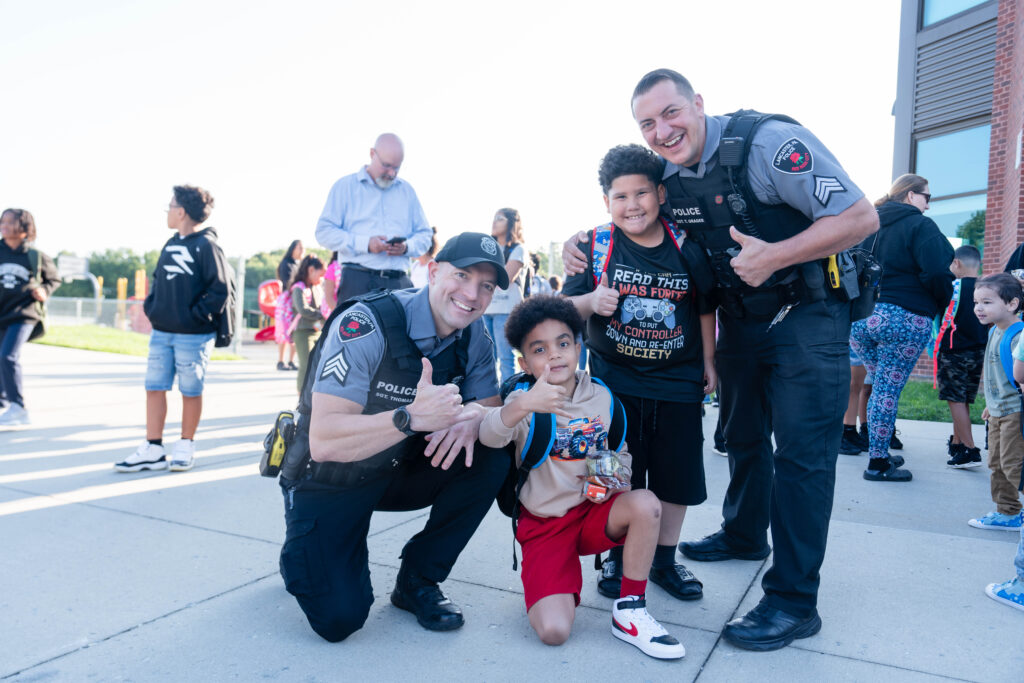Creating safe, supportive, and connected school communities
SDoL partners with local law enforcement through the School Resource Officer (SRO) program to help ensure that every student and staff member feels safe, supported, and valued.
Our approach is grounded in the National Association of School Resource Officers (NASRO)Triad Model, a nationally recognized framework that defines the SRO’s role through three core functions:
1. Law Enforcement Officer
SROs help maintain school safety and security through visibility, crisis response, and community policing strategies. While they have the authority to enforce laws, SROs are not involved in formal school discipline such as suspensions or expulsions, those decisions remain with school administrators.
2. Public Safety Educator
SROs provide students and staff with education on topics such as personal safety, drug and alcohol awareness, internet safety, conflict resolution, driver safety, and more. These lessons are developmentally appropriate and designed to empower students to make informed decisions.
3. Informal Counselor / Mentor
Through daily interactions, SROs build trusted relationships with students and serve as a supportive adult presence. They listen, guide, and help connect students and families to behavioral health services and other community resources when needed.

Goals of the SRO Program
1. To ensure a safe learning environment for all children and adults who enter the building.
2. To prevent and reduce potential harm related to incidents of school violence.
3. To foster a positive school climate based on respect for all children and adults in the school.
4. To create partnerships with behavioral health and other care providers in the community for student and family referral.
We are committed to ensuring our SRO program reflects our values: equity, respect, and student-centered support. All SROs are carefully selected, specifically trained, and properly equipped to work within school environments and they receive ongoing professional development in areas like adolescent development, trauma-informed practices, and de-escalation.


